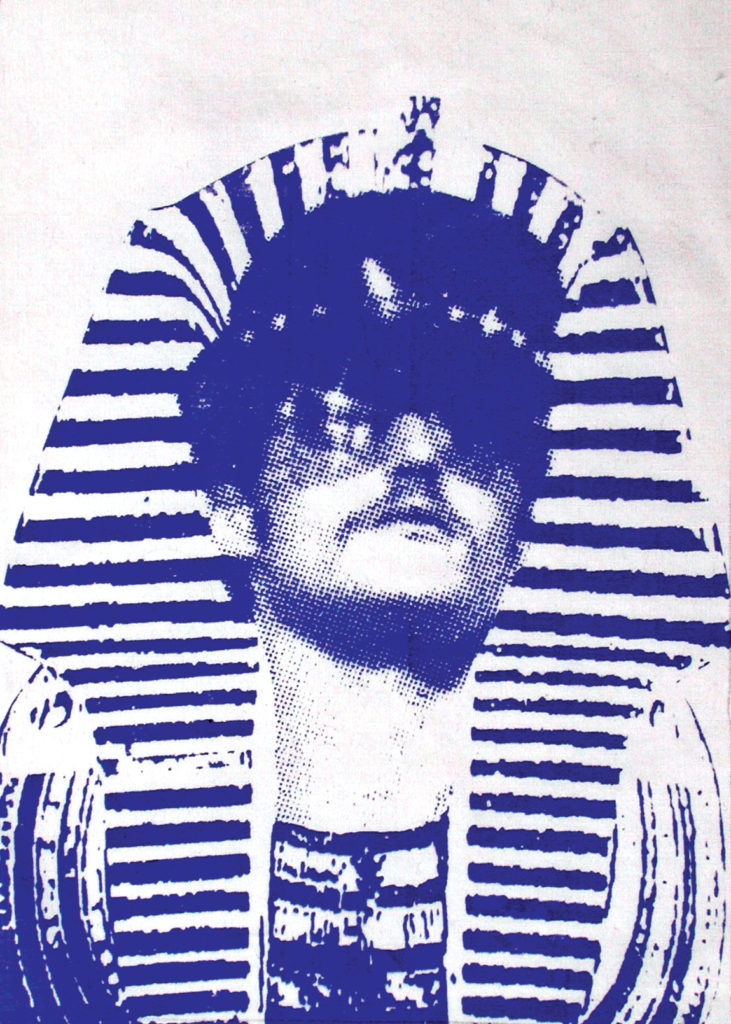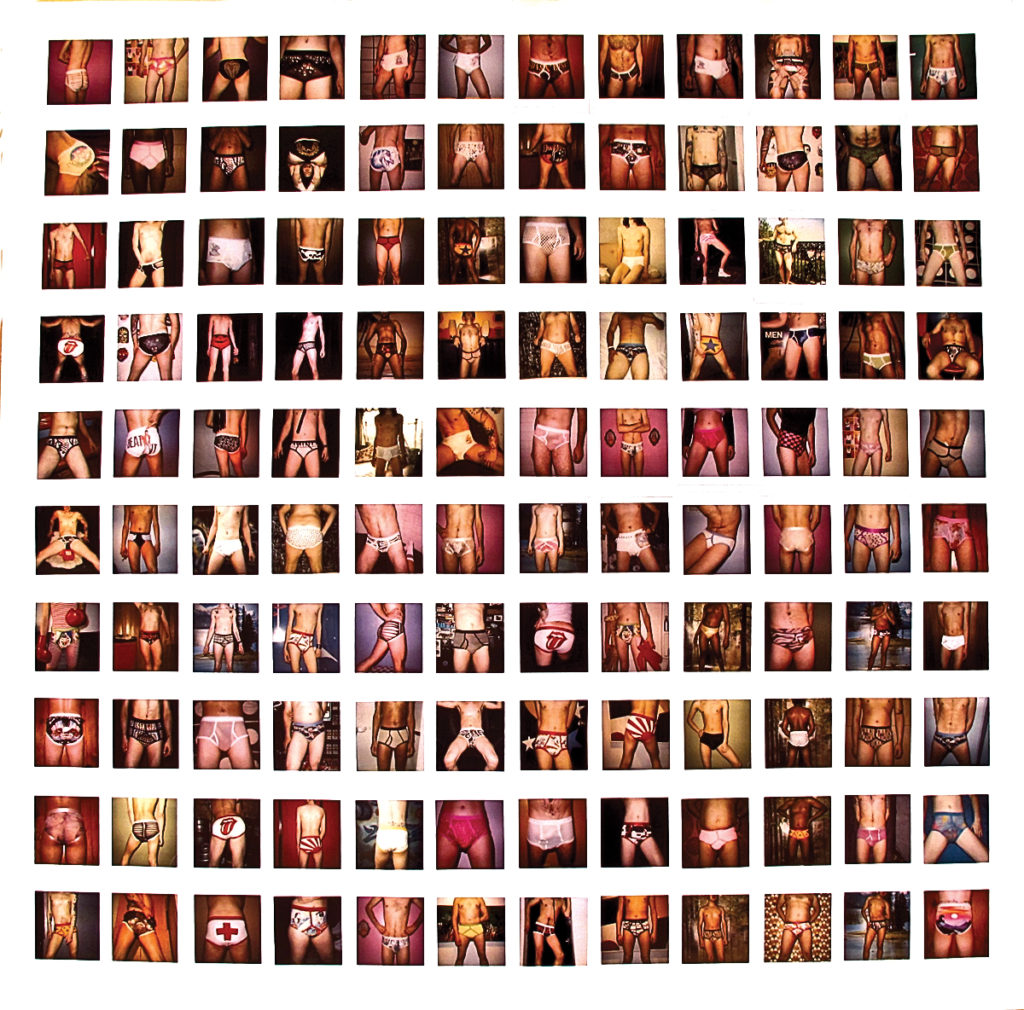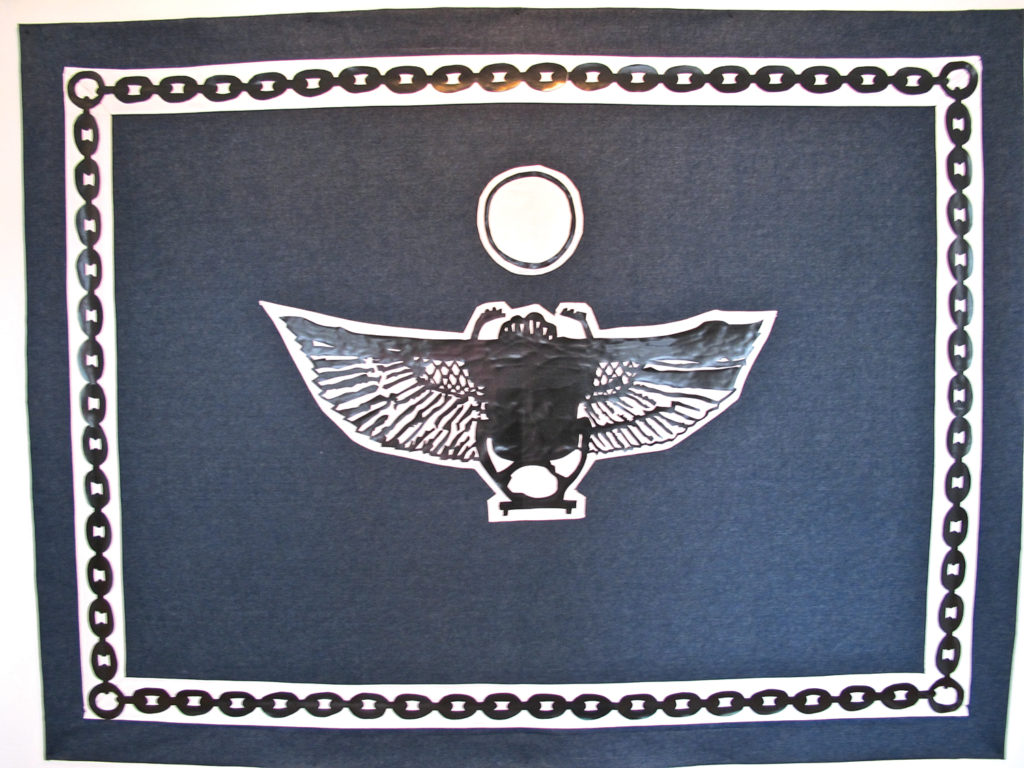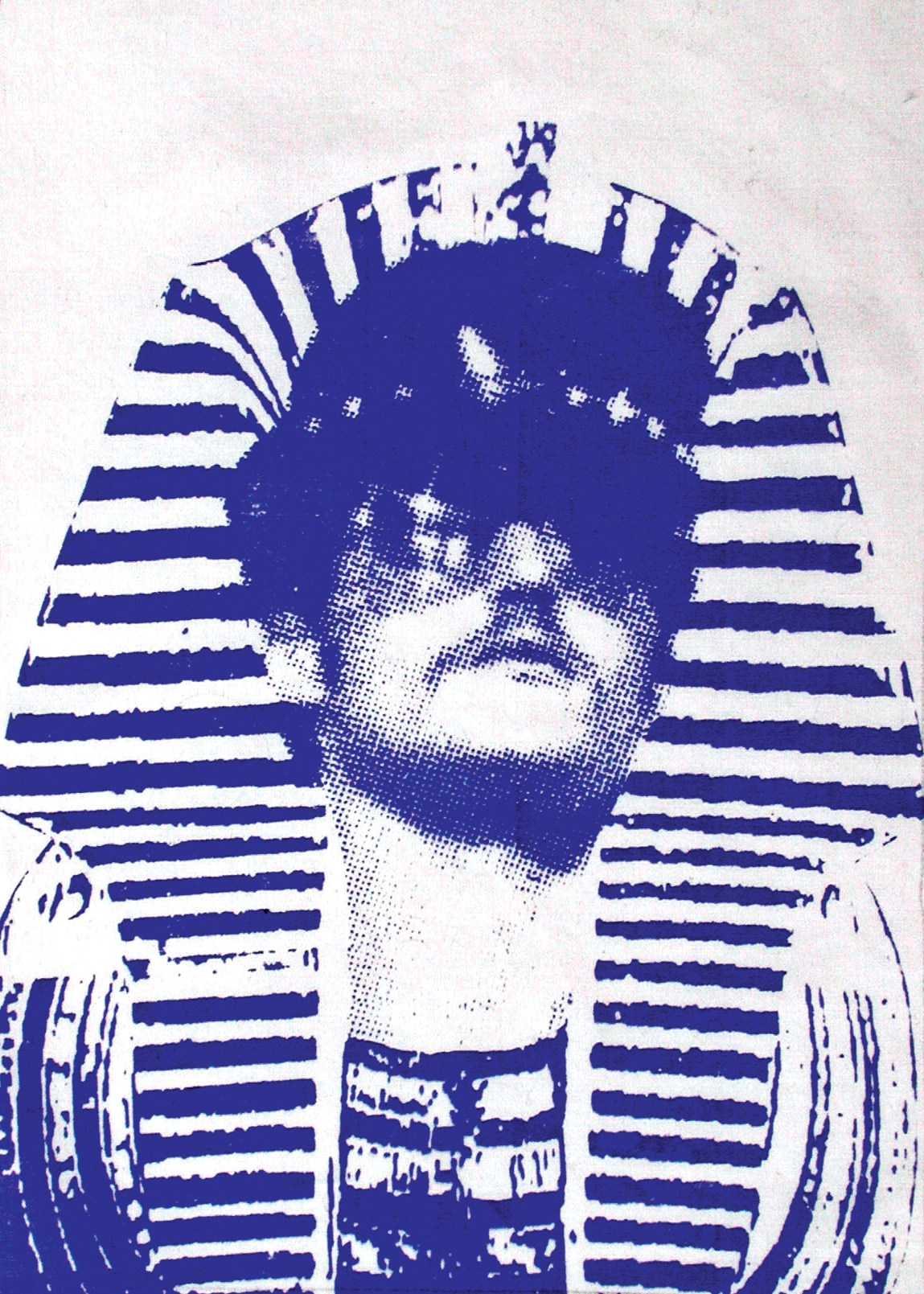AGYU’s retrospective of the late Toronto queer artist begins January 11
Ali Hersi
Contributor

In May 2010, Toronto lost an important cultural founder. A celebrated artist, DJ, restaurateur, and community figurehead, Will Munro lost his battle with brain cancer at age 35, shocking Toronto’s underground arts community. Munro nurtured the community with his many purposeful misadventures, and his cause would eventually solidify his role as a leading innovator and activist in the queer arts scene.
Beginning January 11, the Art Gallery of York University (AGYU) will be detailing a full retrospective of his works. Will Munro: History, Glamour, Magic chronicles the life and times of the artist, beginning with his post-OCAD career all the way through to some of his final work completed just weeks prior to his untimely death.
Munro first garnered high-profile attention in 1997 when Toronto Sun columnist Michael Coren criticized his first exhibition, featuring images of men in underwear, and encouraged visitors to bring soiled diapers to express their disapproval. The public ignored Coren’s misguided advice, and the show was successful, paving the way for Munro’s trademark artistic style consisting of the continued use of men’s underwear. He fashioned and redesigned the underwear to contain his most admired pop cultural icons, including pastiche images of David Bowie, Klaus Nomi, and Leigh Bowery.

Much of Munro’s work deals with the documentation of queer underground cultural history through the use of recurring references to other prominent Toronto artists and musicians—like General Idea and Vaginal Cream Davies—incorporated directly into his art. His obsession with homespun craft and his incorporation of tabletop creativity allowed him to turn everyday items into fascinating works that served as political commentary on our sexual obsessions, impulses, desires, and depraved fantasies.
From first aid kits and stretchers made entirely out of second hand underwear to handmade silk-screened mirrors and posters that number in to the hundreds, Munro’s artistic reach was vast.
“Will did too much,” says Emelie Chhangur, co-curator of the exhibit and long-time friend of Munro, in regards to the selection process of what is set to be put on display.
A lot of Munro’s work drew inspiration from the queercore sub cultural movement, drawn in turn from punk music and the underground gay scene. Munro, however, was reluctant to label his work as such.
“He just didn’t care,” continues Chhangur.
Munro was also recognized for his attempts at destabilizing preconceptions of gender and sexual identity in his art as well as in the events that he emceed. Vazaleen, a monthly event first held at the El Mocambo—and then later at Lee’s Palace—gained international attention for its wild nature and no-holds barred orgiastic fun that served as an all-inclusive space for gays and “breeders” alike to come together and party, expanding a social cultural network that has since been responsible for the changing landscape of the city’s downtown gay and nightlife scenes.
Munro has been affiliated with AGYU ever since his first showing here in 2004, Sinbad and the Ancient World, and then later as a member of the gallery’s advisory committee.

“We want to put together a show of record that would make him proud,” explains Philip Monk, director of the AGYU. With a host of pieces set to go up in composing Munro’s foray into other mediums including design, video, music, and other forms of multimedia, it seems they’ve done just that.
The legacy of Will Munro as a contemporary Canadian artist grows as more of his work continues to be recognized across the country. His collaborations with influential artists like Luis Jacob and Jeremy Laing are the foundations of the vibrant underground queer community which has now seemingly taken over much of the city’s hip downtown scene and has helped cement his reputation as, in Bruce Labruce’s terms, “an art fag par excellence.”
The exhibition begins with an opening reception on Wednesday, January 11 from 6-9 p.m. and stays until March 11, 2012.


